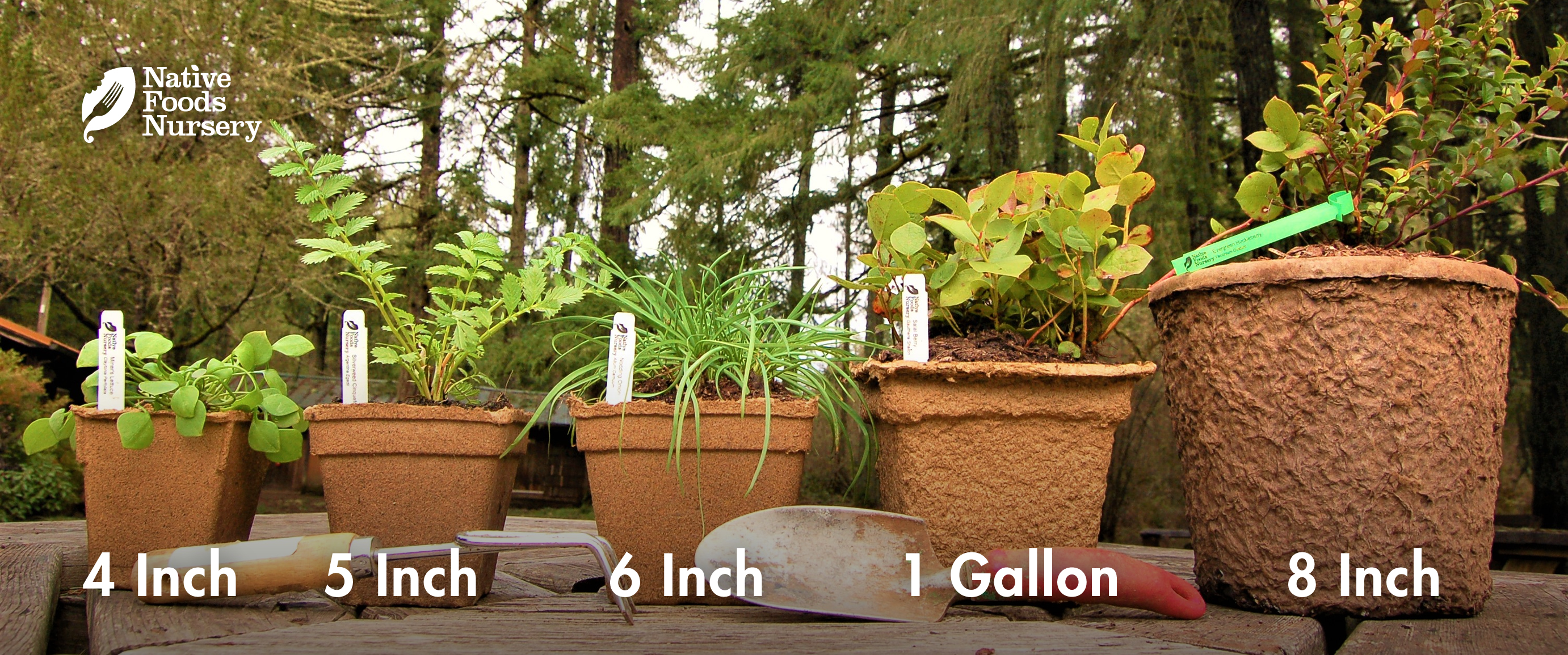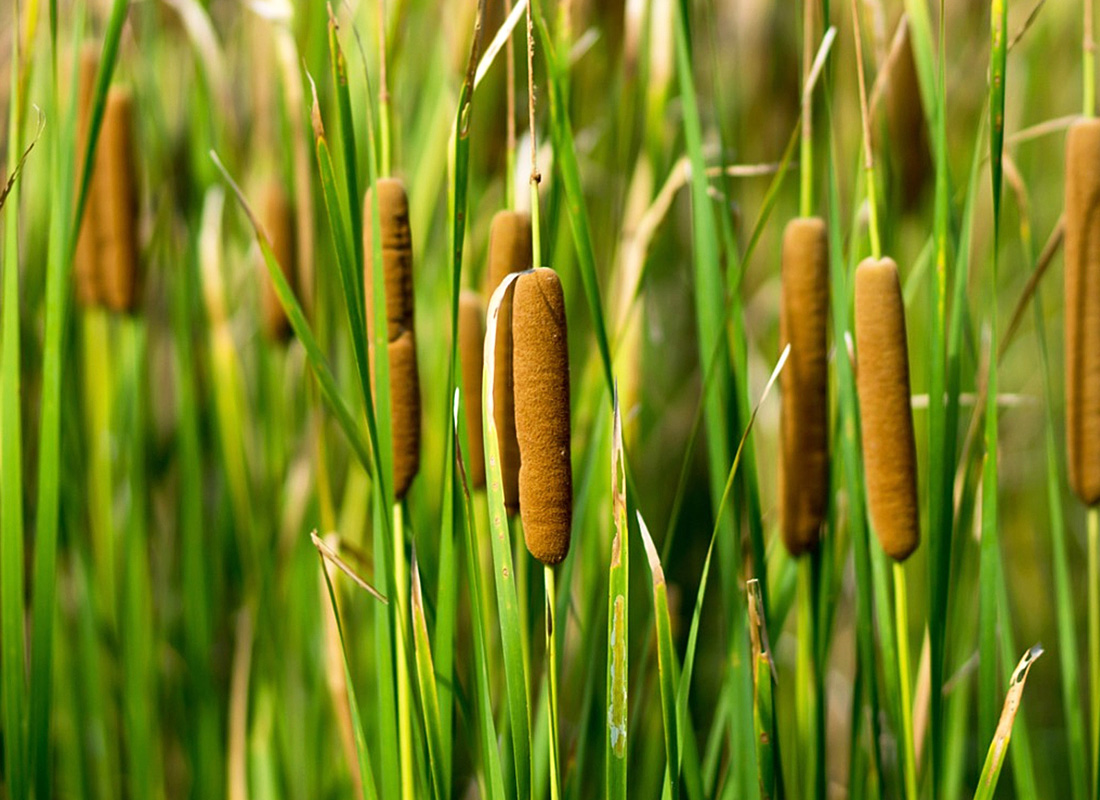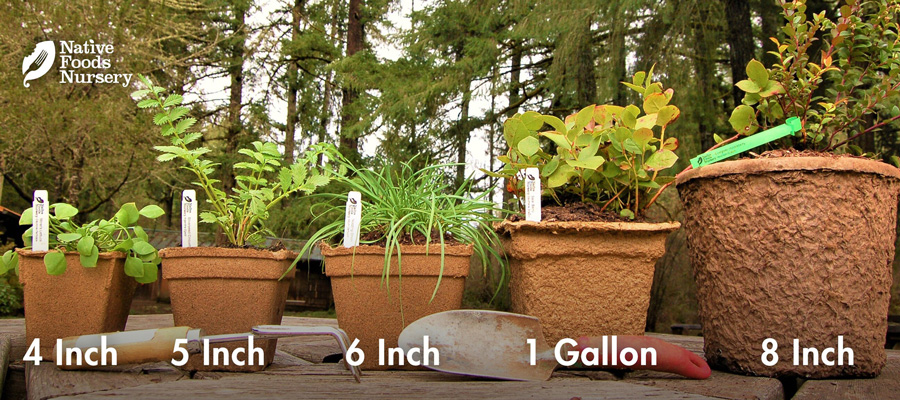Cattail
- Current Stock:
- 0
- Other Names:
- Broadleaf Cattail, Common Cattail, Marsh Beetle, Marsh Pestle, Flaxtail, Catninetail, Punks, Corn Dog Grass, Raupo, Water Torch, Candlestick, Broad-Leaf Cat-Tail
- Latin Name:
- Typha Latifolia
Cattail is a ubiquitous wetland plant with an extraordinary number of food and non-food uses. For this reason, it has often been dubbed "Nature's Supermarket".
Edible Uses
Cattail is a native food with edible roots, shoots, immature flower heads, pollen, and seed! Wow!
Cattail roots are very productive, and can produce more edible starch (flour) than potatoes, yams, rice or taro. Roots are often dried and ground into flour, but can also be peeled and cooked as a root vegetable - although the taste is rather bland and fibrous. It contains 80% starch and 6-8% protein - a high energy food.
Cattail’s young shoots are a pleasant spring vegetable. They can be peeled and eaten raw or cooked like asparagus, with a taste similar to Cucumbers. Immature flower heads are picked green and eaten raw or cooked - a tasted reminiscent of sweet corn. Pollen can be shaken from the flower in quantity and provide a gluten-free supplement to flours for baked goods. Lastly, seeds are small but have a nutty flavor and are good raw or toasted.
Cattails were an extremely important part of Native American culture for food, medicine, and craft uses.
Ornamental Qualities
Green all year long, Cattail provides a lush and wild look to any wetland garden. Cattail flowers, with their burnt red-brown color, provide a unique visual display sitting atop their long green stalks. Their thick stand of elegant curving leaves make an effective ground cover or visual barrier or border in any wet garden location. Cattail looks great alongside Panicled Bulrush, Northwest Territory Sedge, and Indian Potato.
Environment and Culture
Cattail’s wild home is in marshlands and wet meadows, alongside other native rushes, sedges, and wetland plants. It provides cover and food for an amazing variety of animals, fish, and insects. In a wet location, it is extremely low-maintenance and self-reliant, and makes a great soil stabilizer along streambanks.
Producing more starch per acre than potatoes or rice, and not requiring any annual tillage (as a perennial plant), Cattail is uniquely positioned to make huge contributions to sustainable gardening and agriculture. What’s more, Cattail has an astonishing variety of other uses, from fire starter to basketry material to paper fiber and more. In addition, it has a host of medicinal uses...what can't Cattail do?!
Harvest, Care, and Preparation
Allow Cattail to spread and multiply before actively harvesting. Cattail’s numerous edible parts each has a slightly different preparation.
In fall and winter, Cattail roots can be harvested by digging around the base of the plant. They can be cut from the main plant without killing the plant. Then, they can be dried and ground into flours for baked good, or peeled and baked fresh like a potato. Pounded roots in water can also yield a starchy slurry that can be used as a great binding agent for gluten free crackers or breads.
In spring, young shoots can be peeled and nibbled raw, or chopped and added to other vegetables in a stirfry. Only one or two shoots should be harvested per plant to keep it healthy and strong.
In late spring/early summer, immature green flower heads rise out of the center of the rosette. They can be cut from the plant and eaten raw or cooked and served alone like asparagus or added to any vegetable dish - sweet and crunchy. If the flower is mature enough, pollen can be harvested at the same time by shaking the flower head into a bag or bucket. Pollen is high in protein and can be added to any baked good. Lastly, if you wait long enough, the nutty-flavored seeds can be eaten raw or toasted, and make a nice topping to salads or served ground with salt as gomasio.
Keep your eye out for future recipes using this all-star native edible plant. Enjoy!
- Native Range: Southern United States
- USDA zones: 3-10
- Ease of Care: Very Easy, if remains wet
- Deer Resistance: Very High
- Light Requirements: Full Sun
- Soil Type: Any
- Water Requirements: Wet to Aquatic
- Pollination: Self-Fertile
- Bearing Age: 2 yrs from seed
- Size at Maturity: up to 8 feet
- Plant Spacing: 2 feet
- Bloom Time: Late Spring
- Harvest Time: All year long
Pot Sizing Guide









